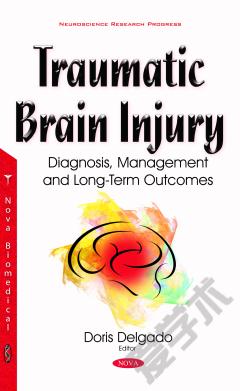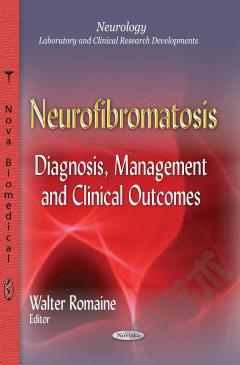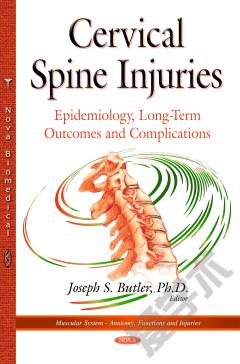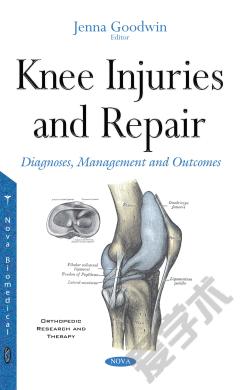Traumatic Brain Injury: Diagnosis, Management and Long-Term Outcomes
Traumatic brain injury (TBI) is a significant health problem worldwide. In industrialized societies such as the United States, 500 cases are noted per 100,000 population each year. In fact, TBI is the leading cause of trauma-related death and disability. The number of people who survive TBI has increased in recent years due to advancements in emergency medical care. Surviving patients may show maladaptive behaviors in both the acute and chronic phase. As a result, the management of maladaptive behaviors is increasingly important, utilizing significant resources and contributing to the burden of care. In this book, Chapter One presents a review of the literature on the cognitive and behavioral sequelae of TBI in late childhood and adolescence. Chapter Two explores the management of agitation during acute and sub-acute hospitalization for TBI. Chapter Three provides a comprehensive review of the factors associated with favorable outcomes in patients undergoing decompressive craniectomy and cranioplasty with emphasis on technique, timing, and other aspects of neurosurgical care and intervention for patients with traumatic brain injury. Chapter Four examines the phenomenology, neurobiology and pharmacotherapy of psychiatric syndromes following TBI. Chapter Five provides an overview of Civilian and Veteran TBI Clubhouses; how the Clubhouse model may assist in community integration and return-to-work initiatives for BI and Veteran populations; and a look at innovative collaborations, partnerships, and resources from national and international projects.
{{comment.content}}








 京公网安备 11010802027623号
京公网安备 11010802027623号